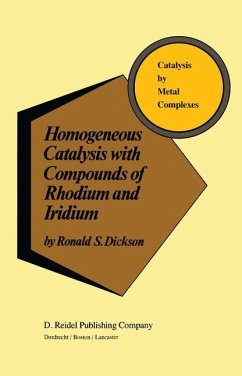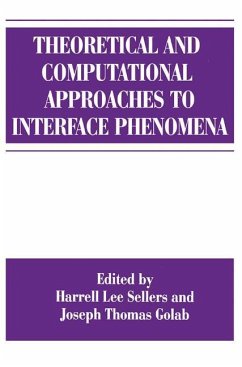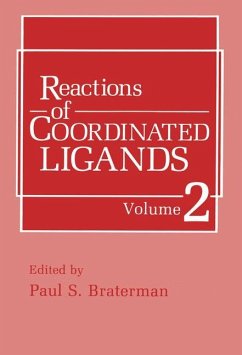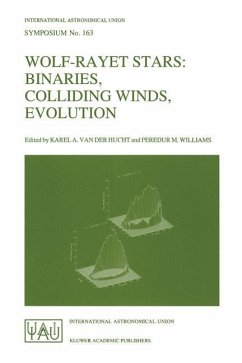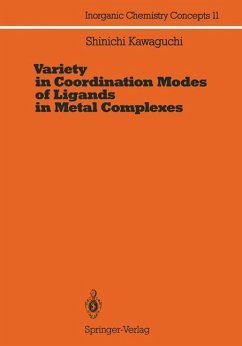
Polyoxometalate Chemistry for Nano-Composite Design

PAYBACK Punkte
19 °P sammeln!
Polyoxometalates are discrete early transition metal-oxide cluster anions and comprise a class of inorganic complexes of unrivaled versatility and structural variation in both symmetry and size, with applications in many fields of science. Recent findings of both electron-transfer processes and magnetic exchange-interactions in polyoxometalates with increasing nuclearities, topologies, and dimensionalities, and with combinations of different magnetic metal ions and/or organic moieties in the same lattice attract strong attention towards the design of nano-composites, since the assemblies of me...
Polyoxometalates are discrete early transition metal-oxide cluster anions and comprise a class of inorganic complexes of unrivaled versatility and structural variation in both symmetry and size, with applications in many fields of science. Recent findings of both electron-transfer processes and magnetic exchange-interactions in polyoxometalates with increasing nuclearities, topologies, and dimensionalities, and with combinations of different magnetic metal ions and/or organic moieties in the same lattice attract strong attention towards the design of nano-composites, since the assemblies of metal-oxide lattices ranging from insulators to superconductors form the basis of electronic devices and machines in present-day industries. The editors organized the symposium, Polyoxometalate Chemistry for Nano-Composite Design at the Pacifichem 2000 Congress, held in Honolulu on December 17 19, 2000. Chemists from several international polyoxometalate research groups discussed recent results, including: controlled self-organization processes for the preparation of nano-composites; electronic interactions in magnetic mixed-valence cryptands and coronands; synthesis of the novel polyoxometalates with topological or biological significance; systematic investigations in acid-base and/or redox catalysis for organic transformations; and electronic properties in materials science. It became evident during the symposium that the rapidly growing field of polyoxometalates has important properties pertinent to nano-composites. It is therefore easy for polyoxometalate chemists to envisage a bottom-up approach for their design starting from individual small-size molecules and moieties which possess their own functionalities relevant to electronic/magnetic devices (ferromagnetism, semiconductivity, prot- conductivity, and display), medicine (antitumoral, antiviral, and antimicrobacterial activities), and catalysis.





